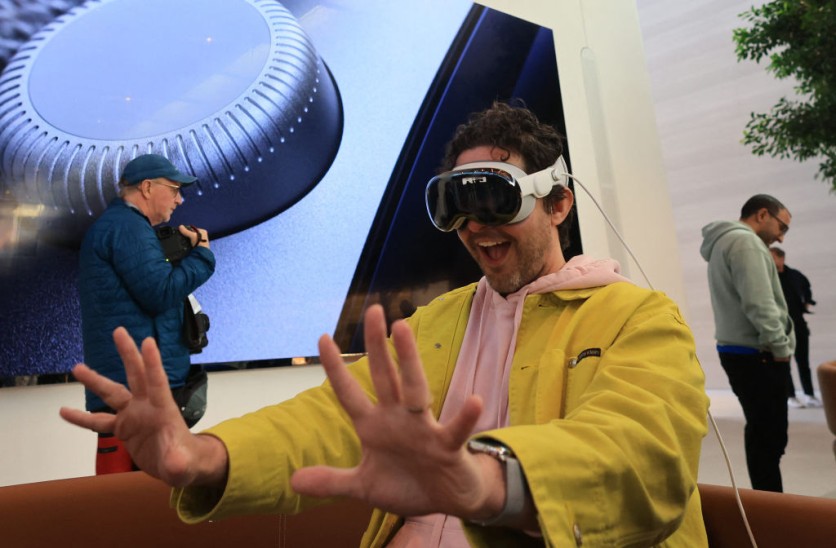A breakthrough in wearable technology is on the way, as researchers reveal a new fiber-like material capable of storing energy, potentially reinventing the capabilities of wearable devices.
The latest advancements in wearable technology have propelled devices like Samsung's Galaxy Ring and Apple's Vision Pro, enhancing healthcare monitoring and enabling virtual work.
However, the persistent challenge of limited battery capacity has hindered the full integration of various functions into these devices.
In response to this challenge, a joint research team led by Dr. Hyeonsu Jeong, Namdong Kim, and Dr. Seungmin Kim has developed a novel fiber-like electrode material with the ability to store energy efficiently. Published in the journal Advanced Energy Materials, this groundbreaking research hints at groundbreaking developments for wearable devices.
Making Fibers Capable of Storing Power
The primary component of this innovation is carbon nanotube fibers (CNTFs), which are known for their flexibility, lightweight nature, and exceptional mechanical and electrical properties.
Previous studies primarily used CNTFs as current collectors with coated surfaces, which were deemed uneconomical and prone to material separation over time. However, the Korea Institute of Science and Technology (KIST) overcame these obstacles by creating a fibrous electrode material that eliminates the need for active materials.
Read Also : UK Scientists Engineer Bacteria to Create Animal-Free, Plastic-Free Leather Capable of Dyeing Itself
By modifying the structure of CNTFs through acid treatment and powder-form manipulation, the researchers achieved remarkable results. The modified carbon nanotube fiber boasts 33 times more energy storage capacity, 3.3 times more mechanical strength, and over 1.3 times more electrical conductivity compared to conventional CNTFs.
Moreover, this advancement enables mass production using wet spinning technology, ensuring scalability and accessibility.

A customer is given a tutorial at the launch of the Apple Vision Pro at Apple The Grove in Los Angeles, California, on February 2, 2024. The Vision Pro, the tech giant's $3,499 headset, is its first major release since the Apple Watch nine years ago.
What's Next?
Dr. Kim Seung-min of KIST highlighted the significance of this achievement, stating, "We have confirmed that carbon nanotubes... can be used in a much wider range of fields."
Dr. Hyeon Su Jeong, another co-researcher, emphasized the team's commitment to further research, aiming to apply the technology as a core material for atypical energy storage. Dr. Nam-dong Kim echoed this sentiment, revealing ongoing efforts to apply the technology to fiber-type batteries with higher energy density.
The practical implications of this research are profound. Fiber-shaped supercapacitors incorporating the modified CNTFs exhibited exceptional durability, retaining nearly 100% of their performance when knotted and 95% after 5,000 bending tests.
Furthermore, the integration of these fibers into the wrist straps of digital watches demonstrated resilience against bending, folding, and washing, opening doors to diverse applications in wearable technology.
The implications extend beyond mere convenience; they hint at a future where clothing itself becomes a source of power for electronic devices. With the potential for large-scale production and seamless integration into everyday garments, the vision of clothing that charges devices while worn is inches closer to reality.
Stay posted here at Tech Times.
Related Article : Next-Gen Smart 3D Printer Automatically Adapts to New Materials

ⓒ 2026 TECHTIMES.com All rights reserved. Do not reproduce without permission.




